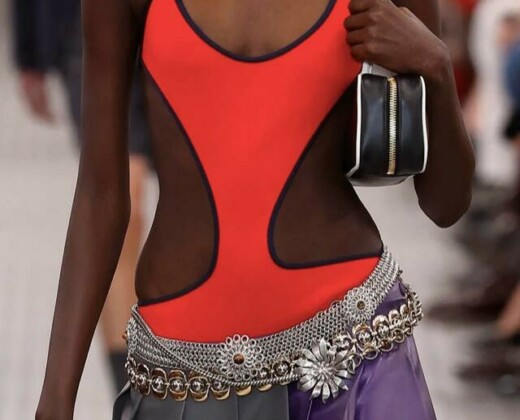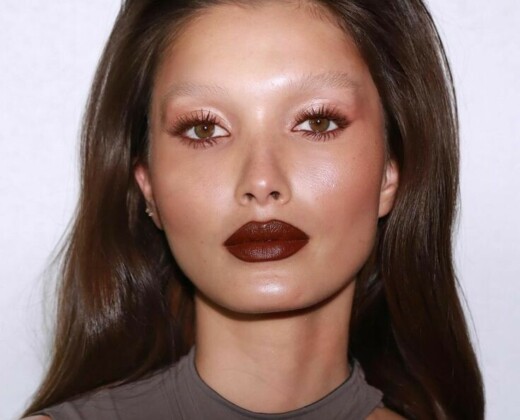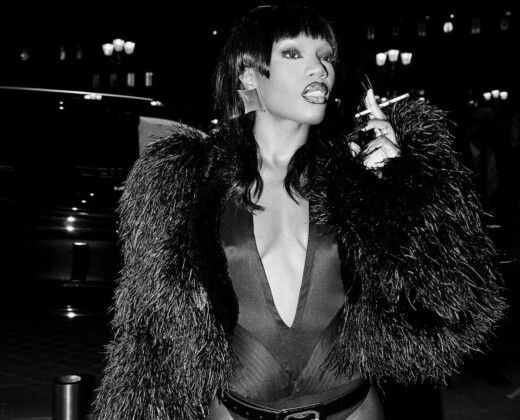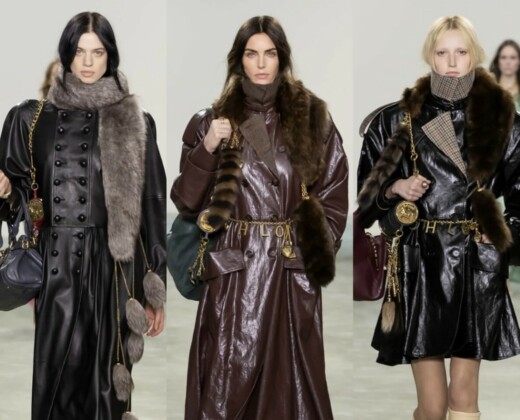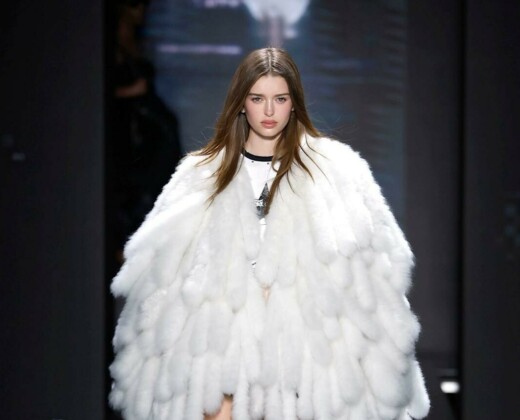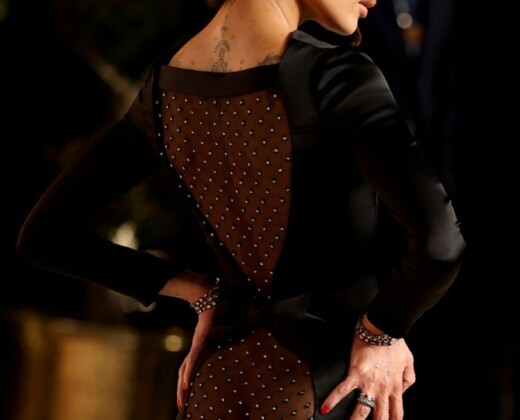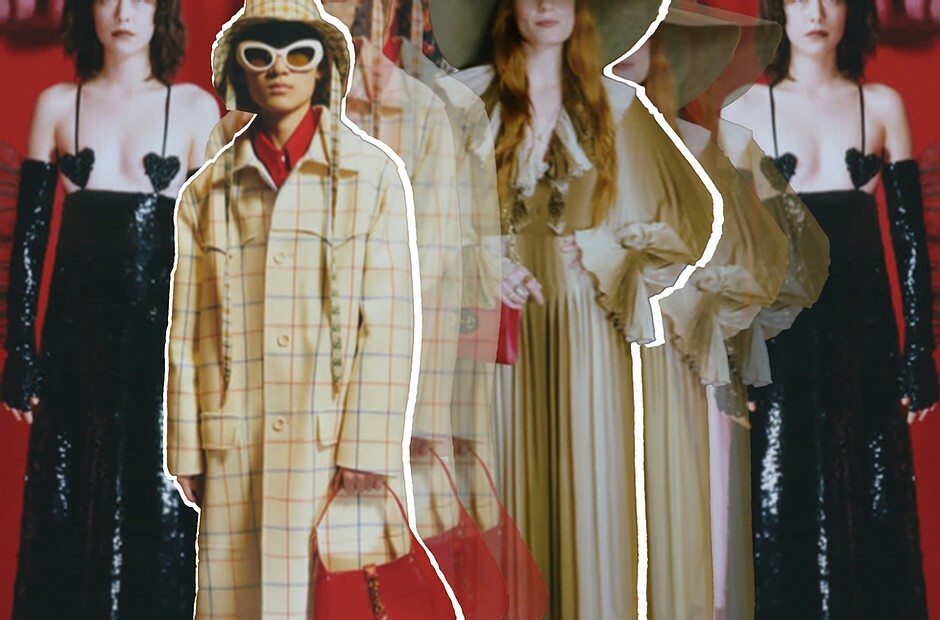
Fashion is thrilling, expressionist, liberating, inspiring; but fashion can never be truly original. Even for the most creative, imaginative designer like Alessandro Michele, fashion is a rich collage of the past – each new creation gaining stimuli and adapting ideas from the great designers of years before. We are constantly in an open relationship with fashion, every piece of clothing partially woven with elements of Vintage. Day Six celebrates this. ‘The Vintage Shop’ is a rich festivity of clothes, an appreciation of fashion as an ever-growing, ever-changing art-form. Episode 6 is an exhibition of experimentation and joy.
To reduce the looks of the episode to single elements is to oversimply Gucci and their intrinsic enthusiasm for the artistic power of clothes. Geometric prints whisper of the 60s; earthy neutral colours reminisce of the 70s; embellished denim famous in the 90s; conversational novelty prints popular in the 00s; Gucci’s looks are a rich cocktail of inspiration. Fashion, they seem to say, is open-ended and free. There are no rules for creation and expression.
Standing outside the Vintage shop, entranced by the mannequins, Silvia Calderoni cries. Her relationship with the shop is inferably cathartic, her entrance thus symbolising the dawn of a new consciousness and relationship with clothes. The cinematography of Episode Six mimics a kaleidoscope, skewing the viewer’s perception and controlling their focus, consequently overwhelming their sensory intake. Instantly, we are placed on the same level as Silvia Calderoni: everything we see inspires an awareness of the beauty in creation.
The concept of perspective and seeing is emphasised through Silvia trying on Gucci glasses, all of which form Gucci’s new eyewear collection. As she tries each pair, characters around her rifle through clothes, searching with an eagerness mirroring that of a child playing a game. Fundamentally, this energy instills an excitement into the episode which makes the looks come alive. We see a character wearing a sky-blue midi skirt and embellished balloon-sleeved jumper change into a black sequined gown with elbow-length gloves and heart detailing. We see another character change from a red checked overcoat into a cream checked mid-lined coat with a similar patterned bucket hat. The transformation of the people, as they enter the changing room, speaks to the playfulness of fashion, and positions it as something to be enjoyed and challenged.
Yet beyond this, Gucci once again aligns their fashion purely with fun and experimentation. As we watch each character revel in the shop’s possibilities, we are reminded that Gucci clothing is not static, regimental designs but a relationship between the designer and the wearer, between the creator and the creative.
Dressed in a ruffled sleeve plissé dress with a flounced collar and a broad-brimmed hat, Florence Welch is the episode’s enchantress. As she explores the shop, slipping notes into people’s pockets, she exudes a mysterious aura. ‘With the rain comes secrets’; ‘Honey in the streets’; ‘Tomorrow could be different’: Florence’s surreal notes speak of a romantic alter-ego to ordinary life, inviting the reader to experiment with a new perspective. In this light, Gucci’s collection is perhaps also an invitation to this new perspective, a new life.
‘The Vintage Shop’ is Pandora’s box, brimming with treasures from Gucci’s past and present collections. The myriad of prints and colours and textures – and the subsequent amount of freedom – is overwhelming; the creative power of clothing is unquestionable. As Gucci invites us into their shop, we enter the playing ground of the designer. Clothes are not just items of clothing… Clothes are things to play with, experiment with, make your own. We must never forget that, Gucci seems to say.
Words by Hannah Emery, Graphics by Victoria Zhao


